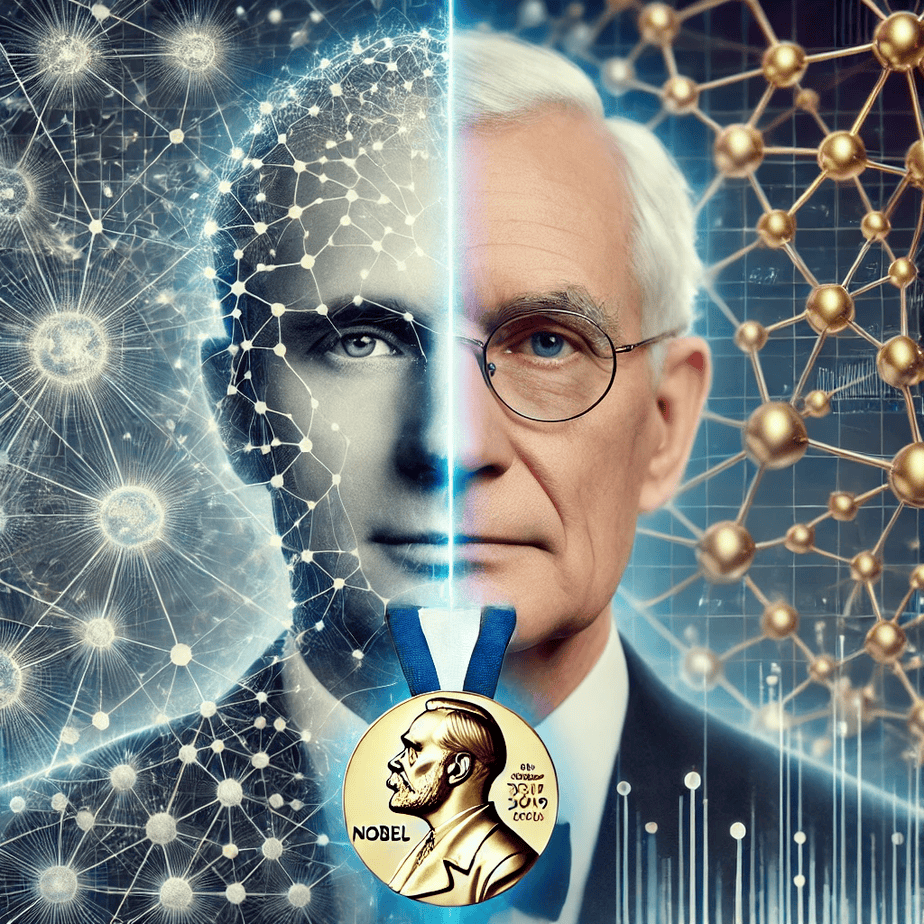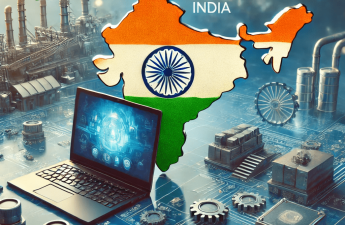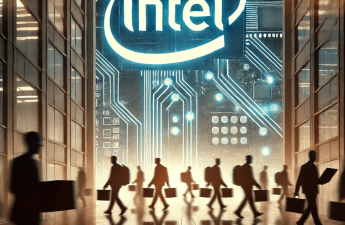2024 Nobel Prize in Physics Awarded to AI Pioneers John J. Hopfield and Geoffrey E. Hinton
The Royal Swedish Academy of Sciences has awarded the 2024 Nobel Prize in Physics to John J. Hopfield and Geoffrey E. Hinton for their pioneering work in artificial intelligence (AI), specifically their groundbreaking contributions to machine learning and artificial neural networks. Their influential research, which dates back to the 1980s, has laid the foundation for modern AI technologies, particularly in data processing and pattern recognition.
John J. Hopfield and the Hopfield Network
John J. Hopfield, a professor at Princeton University, made his mark in the AI field by developing the Hopfield network, an associative memory network. This model can store and reconstruct images or other patterns within data, leveraging concepts from physics—such as atomic spin—to represent and store information with minimal energy requirements. One of the key functions of the Hopfield network is its ability to adjust its internal values to match incoming data, allowing it to reconstruct incomplete images and detect patterns within noisy, unclear information. This early model helped pave the way for further advancements in neural networks.
Geoffrey E. Hinton and the Boltzmann Machine
Geoffrey E. Hinton, a professor at the University of Toronto, expanded upon Hopfield’s work by introducing the Boltzmann machine, a more advanced neural network model. Drawing from principles of statistical physics, Hinton’s Boltzmann machine can autonomously learn to identify key features within data. In addition to classifying images, this model can generate new data that mirrors learned patterns, making it invaluable in image recognition and other AI-driven applications.
Hinton’s contributions have significantly influenced how artificial neural networks are structured and trained today, helping to push the boundaries of AI capabilities in areas such as deep learning and generative models.
The Impact of AI on Science and Technology
The work of Hopfield and Hinton, inspired by the structure and function of the human brain, represents a major leap in the development of artificial intelligence. Their neural network models are now widely used not only in AI but also in physics, material science, and other fields. These models are helping researchers design new materials with specific properties and address complex problems across disciplines.
Ellen Moons, Chair of the Nobel Committee for Physics, praised their achievements, stating that “The laureates’ work has already been of immense benefit.” Their contributions continue to shape the development of cutting-edge AI technologies, including applications in robotics, healthcare, and autonomous systems.
Conclusion
The 2024 Nobel Prize in Physics, accompanied by an award of 11 million Swedish kronor to be shared equally between Hopfield and Hinton, recognizes the profound and lasting impact their research has had on the world. Their work forms the backbone of the modern AI landscape, making technologies like machine learning, deep learning, and neural networks possible. As AI continues to evolve, their foundational contributions will undoubtedly remain a cornerstone of future innovations.
Thank you for reading. We hope this gives you a good understanding. Explore our Technology News blogs for more news related to the Technology front. AdvanceDataScience.Com has the latest in what matters in technology daily.



